Nurturing the artistic side in students is important. However, when that art becomes graffiti, it can become a major issue for a variety of reasons. Not only can graffiti be vulgar and offensive, but it can also cost your school in repairs and maintenance. The important thing is to find a middle ground to help students channel self-expression in a positive way while reducing the amount of graffiti popping up.
 Focus on the Arts
Focus on the Arts
While it’s important for students to express themselves creatively, they need to do so on paper and leave the walls, lockers, and toilet stalls alone. Some of these “graffiti artists” may be enrolled in art classes, but sometimes, that’s not enough to help contain their creativity. After-school art programs can be very beneficial at keeping these students focused on creating artwork rather than vandalizing school property. When students have a creative outlet that they can focus on, they’re less likely to damage school property in an attempt of expressing themselves.
Meet Them in the Middle
There’s nothing more unsettling to a school facility manager or principal than to see a wall in a high-traffic area coated in spray paint or permanent marker. Regardless of what the image depicts or says, it wasn’t cleared to go up on the wall and constitutes as vandalism and destruction of property. However, you can meet them in a middle by instituting a mural arts project for the school.
Get an art teacher to oversee the project and help the students come up with an approved image. They’ll be able to work together and put it up on a wall in your school. Not only will this channel their self-expression in a positive way, but they’ll learn while working in a team-oriented environment. The end result is a beautiful display in your school that can be appreciated by the students and faculty and invoke school spirit and pride.
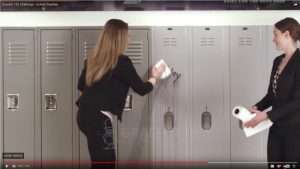 Taking Preventative Measures
Taking Preventative Measures
There are a number of ways that you can prevent students from painting graffiti in your school. If there are areas in the hall that see a lot of unapproved artwork popping up, positioning a security camera towards the wall can help reduce graffiti from popping up. Students won’t want to risk getting caught to face the punishment for their artistic expression.
Lockers and toilet stalls are also frequent targets for graffiti. Luckily, you can replace your lockers and partitions with HDPE solid plastic. This durable material features an exterior coating that can prevent the plastic from absorbing the paint. Should graffiti appear on these lockers and toilet partitions, you won’t have to repaint any of them because graffiti can be easily wiped away. Installing HPDE plastic in your school can greatly reduce the risk of graffiti showing up on your lockers and toilet stalls.
Want to learn more about how to handle graffiti in your school? Check out this blog post, How to Implement a Zero-Tolerance Policy to Graffiti Vandalism, from your friends at Scranton Products.

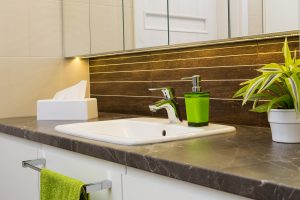 You’ll be able to spot mold sprouting in the corners of your bathroom, but that’s not the only place it can grow. Often, mold begins to sprout inside
You’ll be able to spot mold sprouting in the corners of your bathroom, but that’s not the only place it can grow. Often, mold begins to sprout inside

 especially true when it comes to choosing your toilet partitions and stalls. You don’t want to make any mistakes and choose the wrong material that will require a lot of upkeep—or, even worse, an early replacement.
especially true when it comes to choosing your toilet partitions and stalls. You don’t want to make any mistakes and choose the wrong material that will require a lot of upkeep—or, even worse, an early replacement.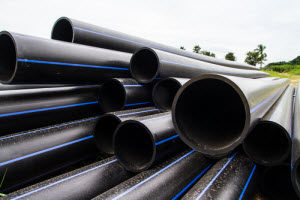 scratches, dents, impacts, and even graffiti. HDPE partitions also offer a reduction in noise, providing a softer sound when being shut.
scratches, dents, impacts, and even graffiti. HDPE partitions also offer a reduction in noise, providing a softer sound when being shut.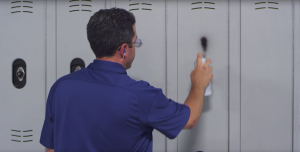 stalls as their springboard because it’s enclosed and private. However, you can
stalls as their springboard because it’s enclosed and private. However, you can  environment is what managers, designers, and architects yearn for. However, why is sustainability so important to us in the commercial facility industry? There are several answers to this question, so we’re going to explore the many benefits of sustainability and how it can help commercial facilities thrive.
environment is what managers, designers, and architects yearn for. However, why is sustainability so important to us in the commercial facility industry? There are several answers to this question, so we’re going to explore the many benefits of sustainability and how it can help commercial facilities thrive. you can. While bamboo and hemp may be sustainable materials that can be used to build a home, it doesn’t really hold sway in a commercial facility. However, recycled plastic, like HDPE (high-density polyethylene), can certainly be used inside your facility to help add to the sustainability efforts.
you can. While bamboo and hemp may be sustainable materials that can be used to build a home, it doesn’t really hold sway in a commercial facility. However, recycled plastic, like HDPE (high-density polyethylene), can certainly be used inside your facility to help add to the sustainability efforts.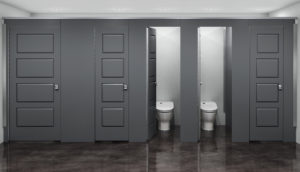 products that have helped them cut costs on maintenance and increase occupant productivity and happiness. While many of our products have made facility managers happy, we’re set to raise the expectations by giving you a peek at our new Aria Partitions™.
products that have helped them cut costs on maintenance and increase occupant productivity and happiness. While many of our products have made facility managers happy, we’re set to raise the expectations by giving you a peek at our new Aria Partitions™.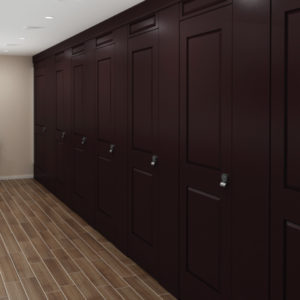

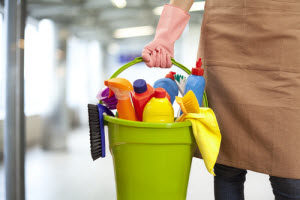 hand sanitizer, there will be a significant drop in student absences. You can put hand sanitizer pumps in bathrooms, the lunch room, and any administrative office. However, you may also want to invest in a hand sanitizer stand in high-traffic areas like major staircases, the library, and anywhere where there are computers. Shared computer keyboards are often a hotbed of germ spread, so be sure to combat it by offering hand sanitizer for students to use after they use the computer.
hand sanitizer, there will be a significant drop in student absences. You can put hand sanitizer pumps in bathrooms, the lunch room, and any administrative office. However, you may also want to invest in a hand sanitizer stand in high-traffic areas like major staircases, the library, and anywhere where there are computers. Shared computer keyboards are often a hotbed of germ spread, so be sure to combat it by offering hand sanitizer for students to use after they use the computer.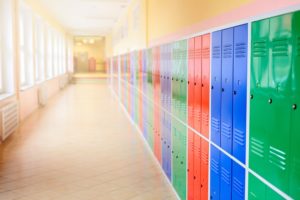 crowded. In fact, most students contract sicknesses while at school, so you’ll need to take the necessary steps to reduce the spread of disease in your educational facility. However, MRSA (Methicillin-resistant Staphylococcus aureus) has become a common problem in schools. This bacteria can be spread in a variety of ways, but the best way to prevent it from spreading is to stop it at the source: locker rooms and restrooms.
crowded. In fact, most students contract sicknesses while at school, so you’ll need to take the necessary steps to reduce the spread of disease in your educational facility. However, MRSA (Methicillin-resistant Staphylococcus aureus) has become a common problem in schools. This bacteria can be spread in a variety of ways, but the best way to prevent it from spreading is to stop it at the source: locker rooms and restrooms. clean and sanitize the high risk areas
clean and sanitize the high risk areas